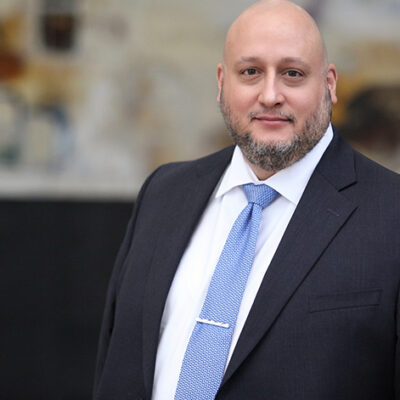Dear Patenticity: Patent Prophet
December 6, 2021 • 2 min read
Dear Patenticity,
I have a chemical invention and I want to obtain the broadest coverage I can. The problem is I have not done much lab work, so I only have a couple real examples. I know that the written description requirement says that I must have examples to justify a broad claim scope. But, I also know that so-called prophetic examples are allowed in patents. Can’t I make up examples that I think should work?
Signed
Patent Prophet
Dear Patent Prophet,
It is true that speculative “prophetic” examples can be permissible in patent applications; however, that does not give you license to make up any example that would push your patent application over the finish line. The general rule from Ariad is that the written description must “clearly allow persons of ordinary skill in the art to recognize that” you actually invented what you claimed.[1] So, if the person of ordinary skill cannot reproduce your example without “undue experimentation,” your prophetic example fails.[2] In many cases, like mechanical inventions, it is relatively easy to foresee the result of a variation on an invention. But, that’s not so simple in unpredictable arts like chemistry and biotech. Some chemical results may be foreseeable, but many are not. If you cannot convincingly explain to a colleague why the differences between your prophetic example and real working examples are trivial, then do not include it in your application. And, certainly do not try to disguise it as a real working example.
The USPTO recently published new guidelines for examining prophetic examples (86 FR 35074). In it they stress that presenting prophetic examples in a manner that makes them appear to be real working examples is fraud on the patent office. “Knowingly asserting in a patent application that a certain result ‘was run’ or an experiment ‘was conducted’ when, in fact, the experiment was not conducted or the result was not obtained is fraud.”
The bottom line is, avoid prophetic examples in chemical patents unless you can make a convincing scientific case that success is the only reasonable expectation. A more relaxed approach may or may not satisfy the written description requirement, but why take the risk? File for the invention you have. Go back to the lab for data to support your theories on what else may be possible.
Disclaimer
The information contained at this site is provided for informational purposes only and does not constitute legal advice, nor does it create an attorney-client relationship. You should not, therefore, act or refrain from taking any action, or rely on any information in this post without first seeking the advice of an attorney. Buckingham, Doolittle & Burroughs, LLC does not represent that it will update this post if subsequent legal developments occur that alter information contained here.
[1] Ariad Pharmaceuticals, Inc. v. Eli Lilly and Co., 598 F.3d 1336, 1351 (2010).
[2] See Id at 1352.
